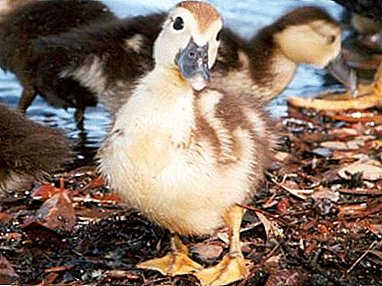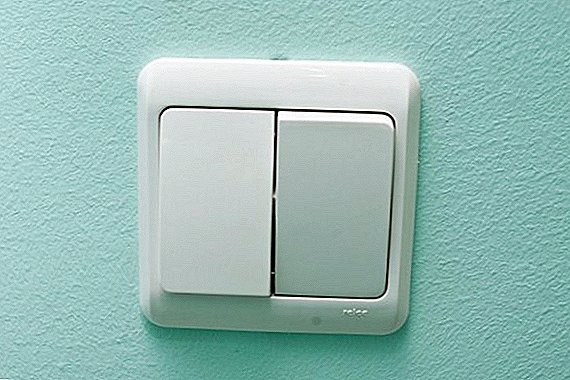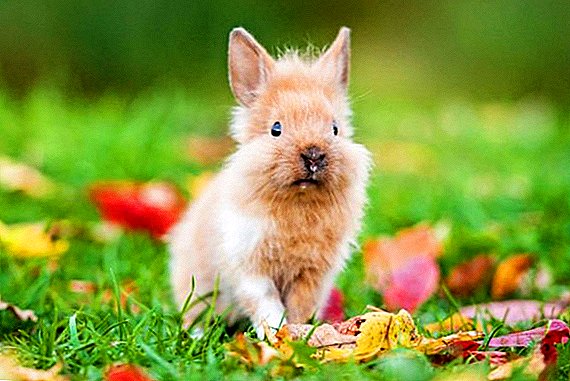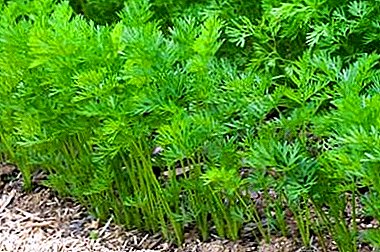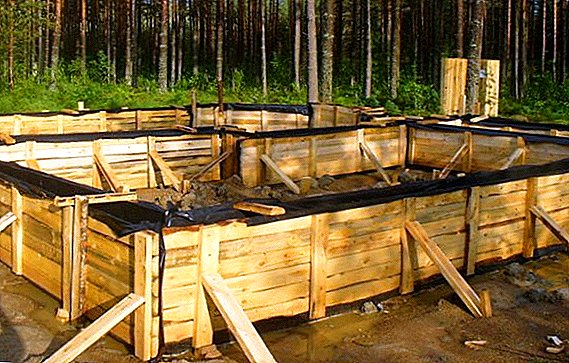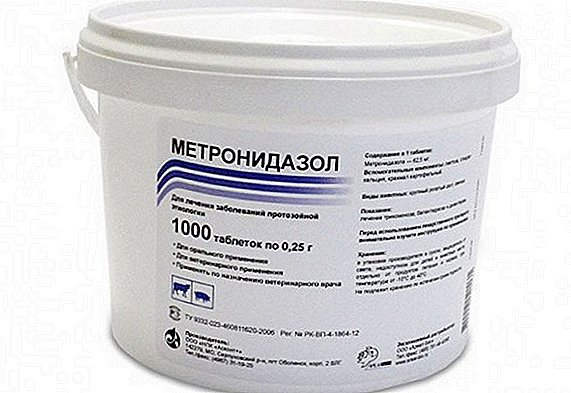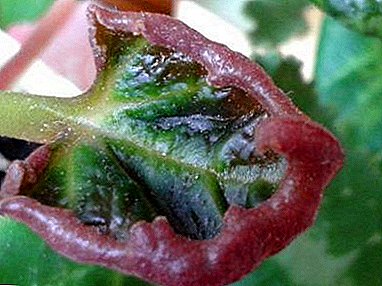
Begonia, irrespective of its variety, is prone to one problem - curled leaves. But with the right care this can be avoided and save your flower from imminent death. And prevention will help owners of healthy begonias avoid leaf curling in the future.
In this article, we talk about the reasons for the appearance of curling leaves in begonias, what should be done to eliminate such a problem, how to determine the existence of the problem and what preventive measures should be taken so that in the future flowering begonia will delight you as long as possible.
Growth features
The pledge of strong blooming begonia is a systematic and competent care for it (about caring for room begonia, read here). Sunlight lighting a begonia pot should be bright but diffused. In summer, the flower should be placed on the windowsill on the east and west side, and in winter - on the south. Watering exotic should be done regularly, and the soil should dry out from the previous watering.
Read more about how to care for begonia, you can read here.
How to recognize the problem?
If the room begonia has foliage twisting around the edges, drying around the edge, falling off, and the inflorescences turn black, it means the plant suffers from improper care, illness or pests that have appeared (why the begonia leaves and buds fall, read in this article, but here we talked about how to help the plant deal with the problem).
Why does the leaf curl occur and what should I do?
Malnutrition
Begonia should be fed with potassium nitrate or ready-made complex fertilizers. twice a year. It is necessary to ensure that the nitrogen content in the top-dressing was minimal, since the growth of the flower will stop and the growth of the stems, on the contrary, will increase.
Humidity and temperature
Lack of humidity and dry air is detrimental for begonias. That is why you should not place a pot with a plant on the windowsills above the radiators of steam heating. Begonia should be plentifully watered once a day or every other day; in winter, the frequency of watering should be reduced to two times a week.
Exposure of direct sunlight to begonia leaves should be avoided, as they can cause burns. In winter, the air temperature should be + 12-14 ° C, and in spring and summer + 18-20 ° C.
Pot
Ideally, the exotics pot should be ceramic.. For a young begonia it is impossible to use an excessively large pot, otherwise it will lead to the rotting of its roots. A small pot will not work either, because when the plant grows, its roots will occupy all the free space in the pot and during transplantation the roots will have to be torn off from the surface of the pot. The difference in the size of the pot when transplanting begonias should be 2 centimeters.
Suitable pot size for an adult plant is 8-10 centimeters.
Diseases and pests
 Begonia, with excessive air humidity, may be prone to fungal diseases.for example, such as gray mold or powdery mildew.
Begonia, with excessive air humidity, may be prone to fungal diseases.for example, such as gray mold or powdery mildew.
- Gray rot is easy to recognize in the form of wet spots, covered with gray blooms on the buds and foliage of the begonia. In this case, the begonia should be sprayed with a 1% solution of the “Bordeaux liquid” or with such a solution: dissolve 2 grams of copper sulfate and 20 grams of laundry soap per liter of water.
- Mealy dew appears as a white bloom on the stems and leaves of begonias. To combat it you need:
- Dry the soil in the pot and ventilate the room.
- Remove all areas of begonia affected by powdery mildew.
- Spray it with 0.01% Fundazole solution.
You can also treat begonia and soap-copper solution, only the soap should be replaced with tar.
- Sometimes with excessive spraying of begonia leaves brown spots are formed. In this situation, you should pay attention to the regulation of humidity and the mode of irrigation of begonias.
But most dangerous for exotics so-called bacterial spotting, because in this case the plant is no longer curable. The plant must be destroyed, and the soil and the pot must be disinfected.
A sign of bacterial blotch is small watery spots on the back of the leaves of the exotic. It is found in begonias and ring spots, manifested in yellow-green circles, which eventually turn into bronze spots with a yellow border. As in the case of bacterial blotch, the plant can no longer be saved.
They pose a danger to begonias and pests: leaf nematode, mites, aphid and others.
- Leaf nematode - These are small worms up to 1 mm long. With the defeat of them on the leaves of begonias appear light green spots.
- Spider mite. Most often the appearance of a begonia of yellow spots, a silvery plaque with bronze stripes and cobwebs appears on the back of the leaf.
- Aphid. Its appearance is easily identified by the yellowing leaves of the begonia and by the accumulation of small yellowish or greenish insects.
Read more about the diseases and pests of begonia here.
The soil
The soil for begonias can be prepared as follows: a little more than half of the pot filled with leaf soil, add part of the black soil and part of the peat, add a little sand.
Attention! Insufficient friability of the soil and its wrong composition can cause leaf curl in begonias.
Preventive measures
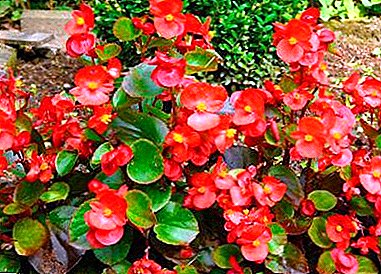 To prevent the appearance of pests, it is necessary to treat insect with insecticides.
To prevent the appearance of pests, it is necessary to treat insect with insecticides.- To prevent the appearance of diseases, the plant is treated with fungicides and the soap-copper solution or “Bordeaux liquid” already mentioned by us.
- To prevent the appearance of bacterial spotting, the plant is sprayed with a 0.5% solution of copper oxychloride every 2 weeks.
- It is also important to regularly inspect the plant for pests for their timely destruction.
If you notice in time that the begonias start to turn yellow and the leaves curl, you can prevent the death of the plant. It is only necessary to establish the cause of the disease of the flower and take the necessary measures.. We hope, with our advice, your begonia will delight the variety of its flowering.
- What properties has begonia?
- Is it possible to keep begonia at home?


 To prevent the appearance of pests, it is necessary to treat insect with insecticides.
To prevent the appearance of pests, it is necessary to treat insect with insecticides.